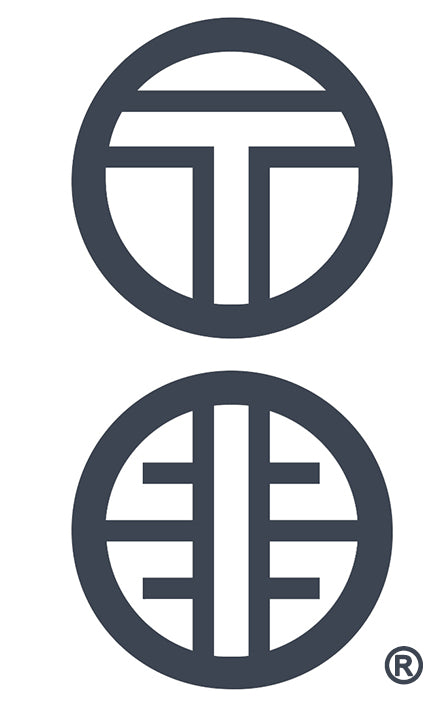So when I thought about the process of taking something from concept to finished product, turning something into a 3D design felt like the biggest hurdle for sure. To start with, comparing 2D to 3D is like comparing a straw house to a house made of brick. CAD design is something people build careers around. Benchmakers who produce jewelry go to school for it and in order to do it, you need a fundamental understanding of geometry and the rules surrounding what is required in a 3D design for the people at the bench to make it production ready.
And I literally had no idea where to find a designer that understood my aesthetic and could take my flat two dimensional drawing and breathe life into it. I had no close friends who were jewelry designers, and despite my best attempt to stalk jewelry lines I love to see if they dropped any hints of manufacturers or designers, these people seemed to keep this information under lock and key.
Continuing the search, I learned that one of the major reasons is that most manufacturers keep designers on staff. These designers help new potential customers and small businesses bridge the gap between concept and production. They take the idea (Which is often just a hand sketch) and translate it into CAD files that the manufacturer can cast, finish, and deliver to the customer. The cost for these services didn’t seem crazy at first, but it left very little wiggle room for re-works because every iteration was an additional charge. And in my head, I saw literally dozens and dozens of tweaks to get this just like I wanted which meant a mega outflow of cash.
So designers working with manufacturing houses were out. After that I turned to freelance options. There are several reputable sites such as Fiverr and Upwork that were options to connect to designers with, so I posted an RFQ with my basic needs, and the designer I found was just lovely. She was out of Santa Fe, understood CAD, could prototype in resin for me, and could take my conceptual designs into CAD files ready for print. But my designs were basic, and so her interpretations were basic. Rightfully so. And design work isn’t cheap. The initial designs were flat and thin. No weight or feel to them. The numbers were basic, and looked almost like I was using the Arial font in my designs. I went through two costly rounds of edits, and the problem was that I saw myself going through 15-20 rounds of ‘tweaks’ that would potentially price me out of ever being able to get to a finished product.
This was one of my first doses of reality. In my head I’m like - Does every designer know how to use CAD? And if not, how were they getting their ‘designs’ or drawings translated into beautiful files that accurately represent the ideas in their head? I still don’t know the answer to that question…I do know that endless amounts of research at this point had only turned up a few freelance designers and none that had any interest in diving into my thought process of what I was trying to create and why.
I stepped back for the second time (albeit about two weeks later after I was over feeling sorry for myself for not having the perfect person magically appear in my life to help me), and I decided to go with the only other option that I knew to be available. And that was to learn CAD software.
XOXO,

